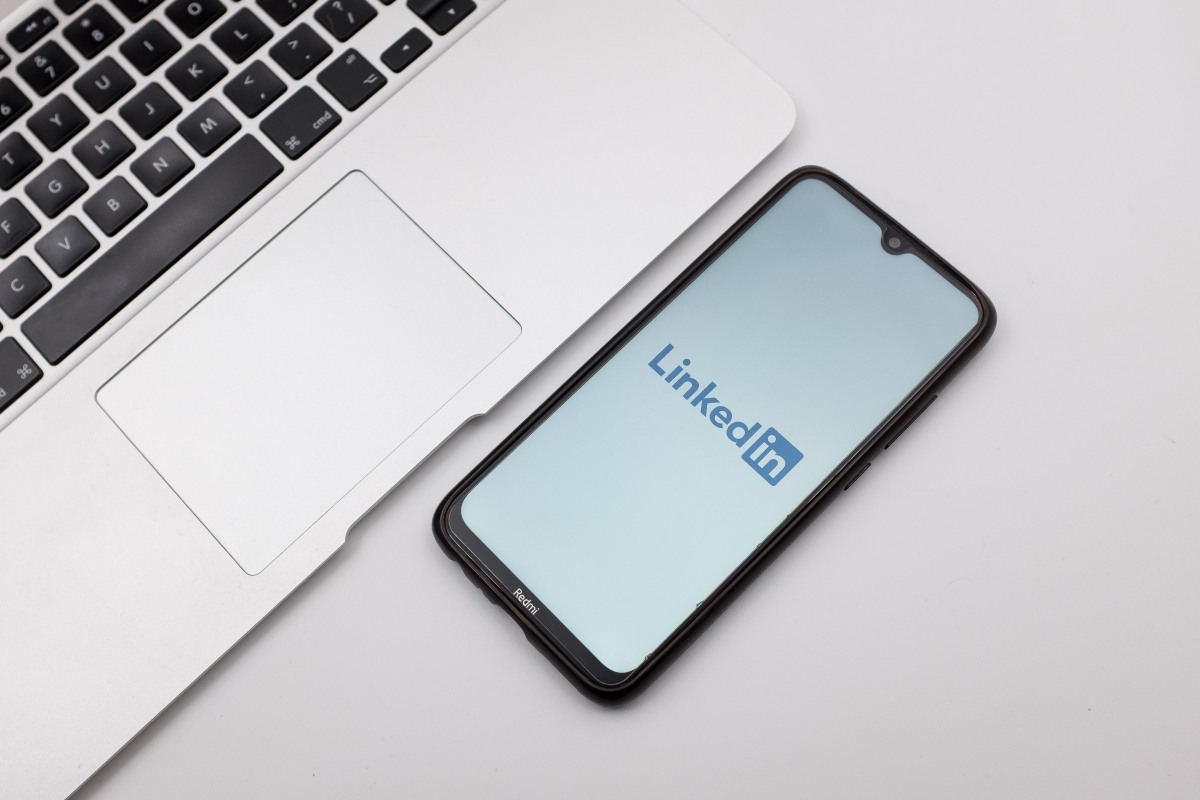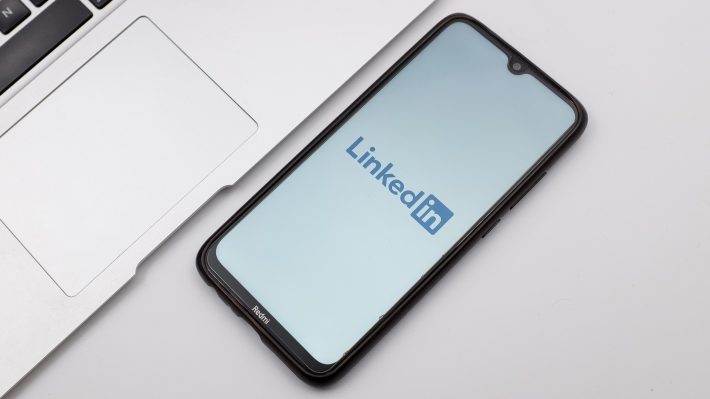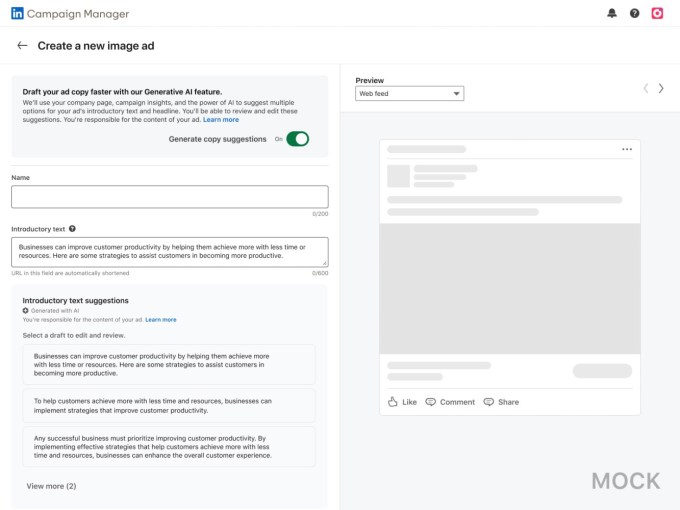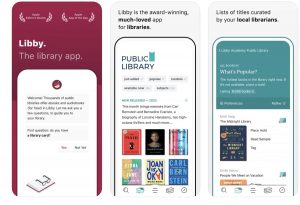
LinkedIn is the next social network to offer AI-powered tools for ad copies

Weeks after Meta launched a suite of generative AI-based tools to help advertisers create different campaigns, LinkedIn has introduced its own tool to suggest different copies of an ad.
The company said that it uses data from a marketer’s LinkedIn page and Campaign Manager setting including objective, targeting criteria, and audience to suggest different introductory text to the ad. LinkedIn — a Microsoft subsidiary — is unsurprisingly using OpenAI models to create different suggestions of copies.
The copywriting suggestion works in a simple way. Marketers can input their copy into the “introductory text” box within the Campaign Manager. To get different suggestions for that text, they will have to turn on the “Generate copy suggestions” toggle.
The feature is currently in a test phase and available to some customers in North America. The company plans to add new functionalities, roll out the feature to new geographies, and add support for more languages in the coming months.

Image Credits: LinkedIn
“We know you’re stretched to do more with fewer resources while driving ROI for your company. AI Copy Suggestions can help jumpstart your creativity and reduce the time you spend on your day-to-day tasks so that you can continue to focus on what matters — continuing to produce memorable campaigns and building your brand,” Abhishek Shrivastava, VP of Product at LinkedIn said in a blog post.
The company has been leveraging generative AI in multiple ways. In March, it introduced a “conversation starter” tool that used AI to write an intro to a post. In the same month, the Microsoft-owned company also introduced generative AI tools for writing profile bios and recruitment posts.
It’s important to understand that when people use these tools, LinkedIn doesn’t indicate if some or all text is generated by AI.
Using generative AI for ads is becoming a regular feature in big tech marketing solutions. In May, Meta launched its suite of projects that helps marketers with copywriting, background generation, and image cropping. Weeks later, Google introduced a new Product Studio, which lets advertisers create images using generative AI. The company is also using AI to transform ads and adapt them in search results.


